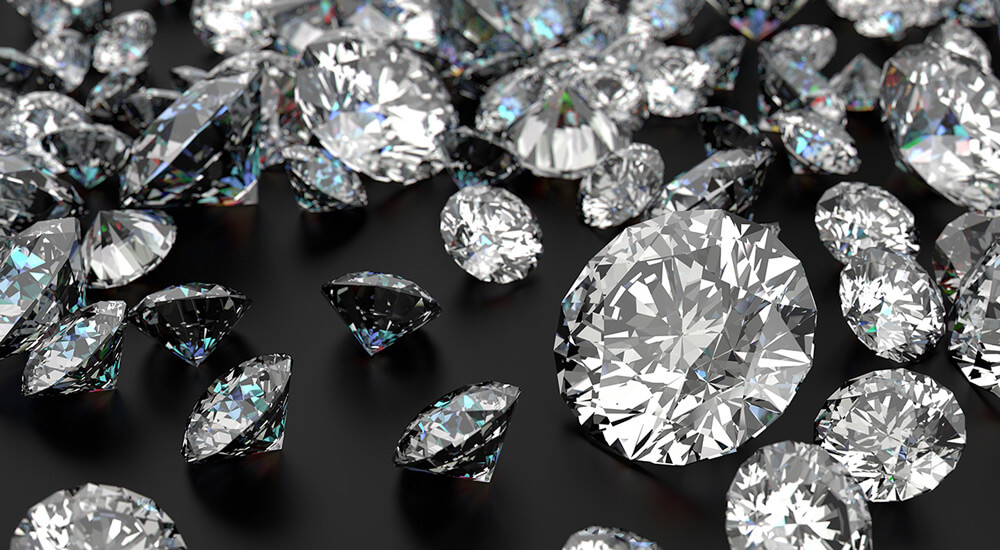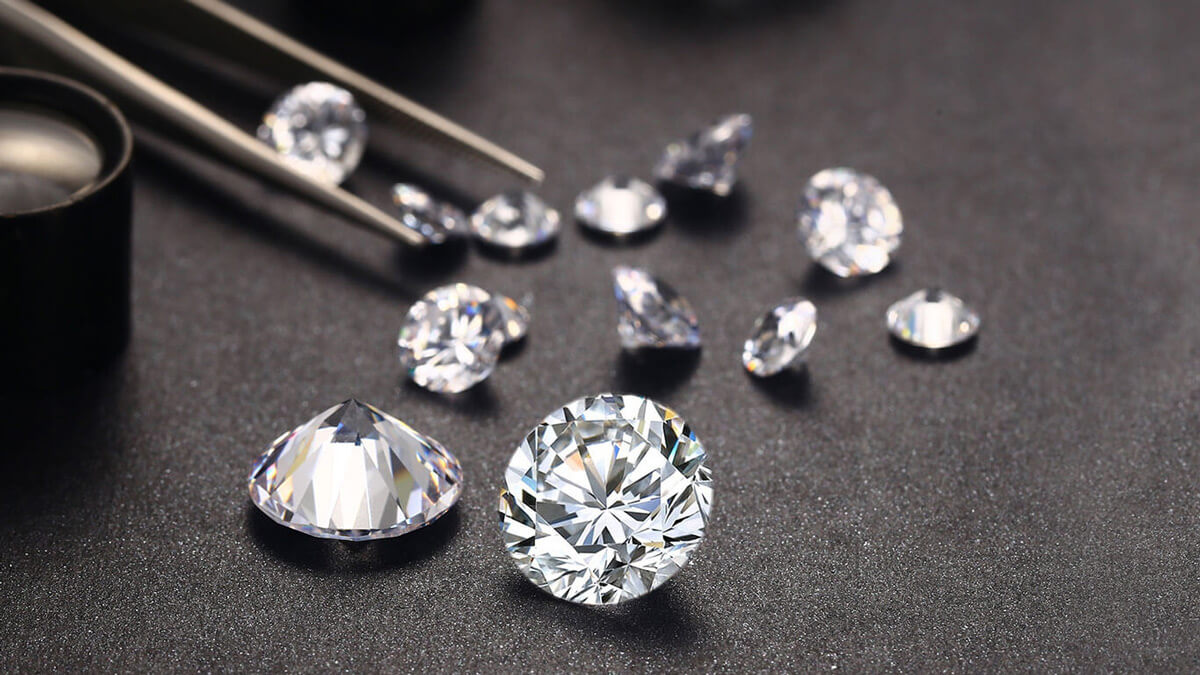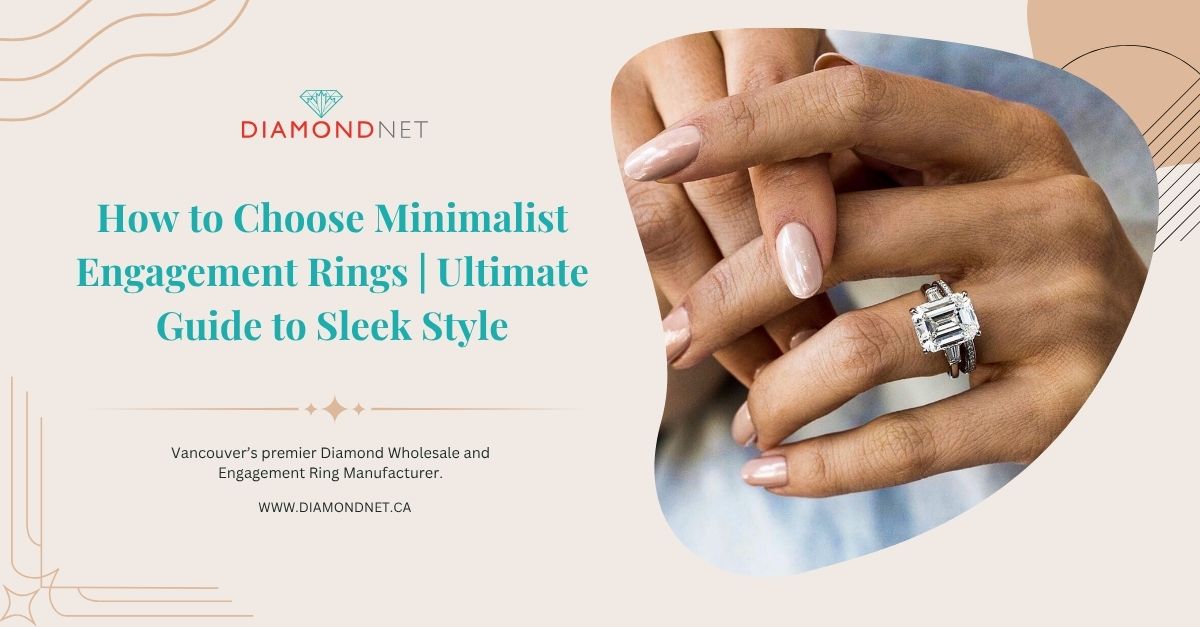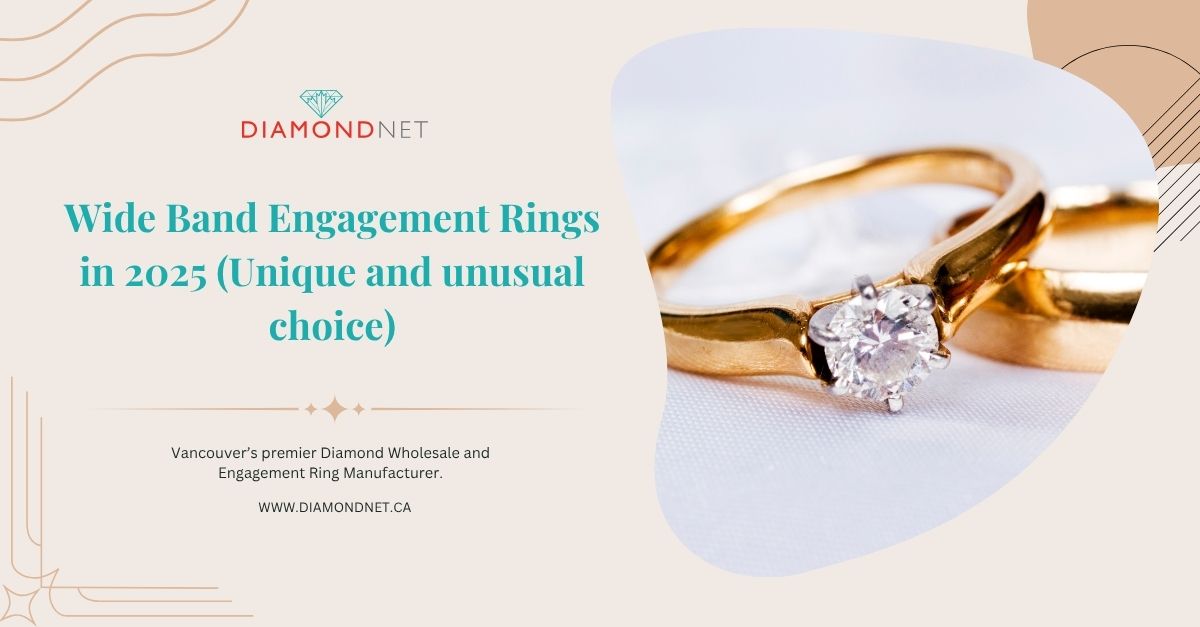If you are preparing to propose (or be proposed to!) you probably have an idea what you’re looking for. If not, read through some earlier blog posts or check out DiamondNet online to gain direction.
Once you have a ring in mind it’s time to put creativity into reality. You or your boo has likely created a Pinterest board of aesthetic inspiration (I know I did!) or cut out some enticing magazine pictures. The question is: How does a beautiful image of a ring actually get to your finger? And does the process vary depending on where you shop? Absolutely.
Most market items are sold at incredibly high retail prices. Everybody wants to make a dollar, and as a result price increases happen wherever possible. ‘Retail markup’ is the gap between a product’s price and the actual cost of that product. Retail markup percentage is the retail markup as a percentage of a product’s unit cost. This method is commonly used to find the price of retail products which are somewhat of a commodity. Diamonds are definitely no exception to this.
Diamond production steps
There are many steps to the production of a diamond. A diamond pulled from the earth is a far cry from the glamourous pieces you see in the jewelry department. In fact, a rough diamond doesn’t look much different from any other stone. It takes a serious time commitment, patience, and skill to create the final product. Diamonds are quite literally the hardest material in the world. To shape, polish, and ready such a stone for the public eye is an attentive and impressive feat. A diamond cutter needs to think ahead and consider all the components of the rough diamond before beginning the process. Across the board, diamond cutters are looking to fashion the best cut and carat weight for the lowest cost of production. Decision time.

Ready to use diamonds
How to take a rough diamond to a ready engagement ring?
Size, clarity, inclusions, shape—taking a diamond from rough to ready means considering all the different options for style and quality. Marking the diamond is when the plans are truly put into motion. There is no room for error at this stage. Incorrect markings, however minor, can result in thousands of dollars of lost value. It takes knowledge and intuition to visualize and carve a diamond into its full potential. Imagine a misstep and a cracked diamond as a result. No, thank you.
The final stage of polishing is incredibly detailed and crucial. Elements of symmetry, shine, and brilliance can all be attributed to these stages of craftsmanship. Typically, dealers of polished diamonds sell their products to large jewelry factories. Here diamonds are made into jewelry (like your Diamond engagement ring-to-be) and then sent out to jewelry stores to be sold.
What sets DiamondNet apart is that you are purchasing your engagement ring stone directly from Diamond Exchange. All of these developmental processes happen in one place. There are no additional steps which means no extra fees or commissions. This saves you thousands of dollars. Sound good? Thought so.
Deciding where to buy your diamond can be as pivotal to your diamond experience as the stone itself. Do your research and avoid unnecessary fees and sneaky marketing pitfalls.



